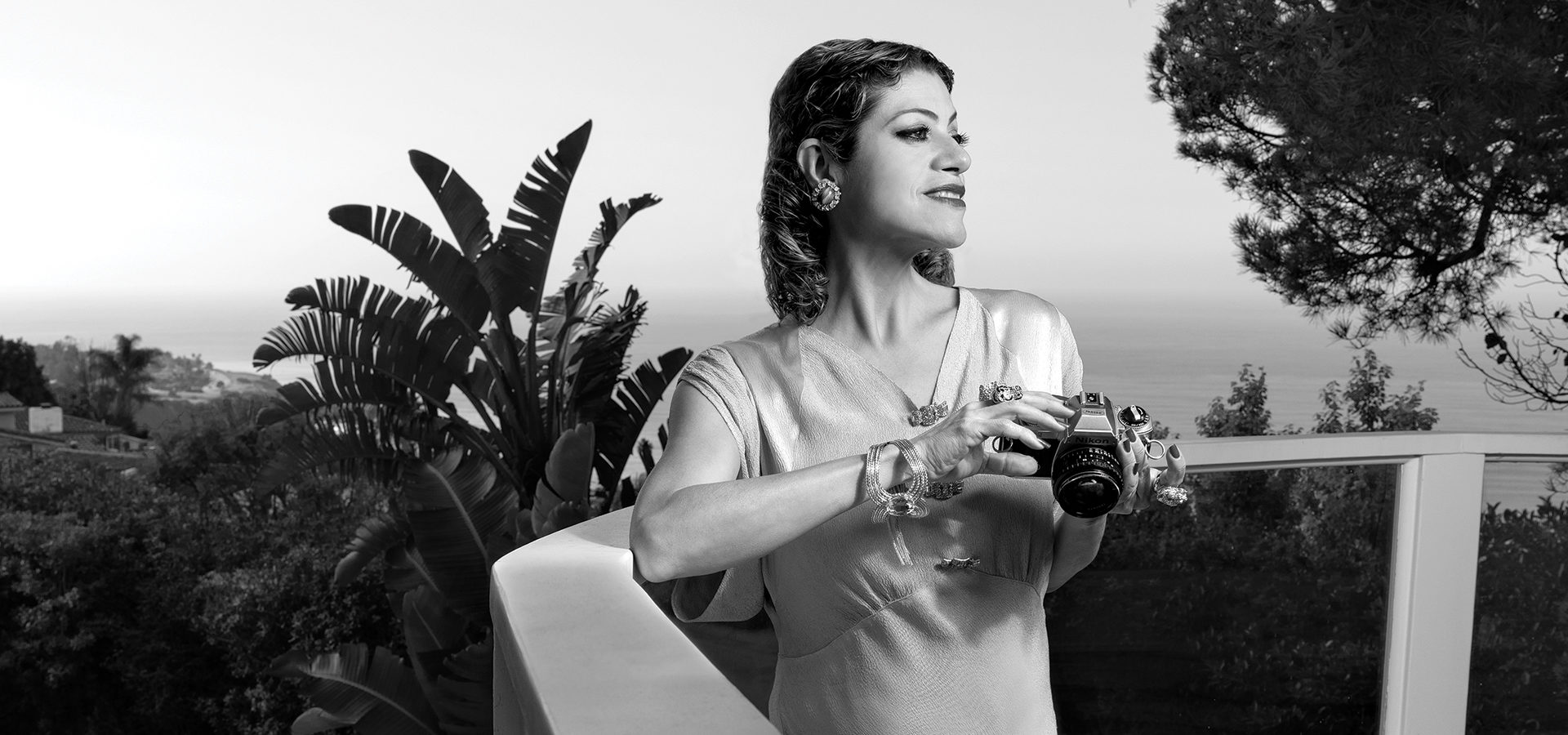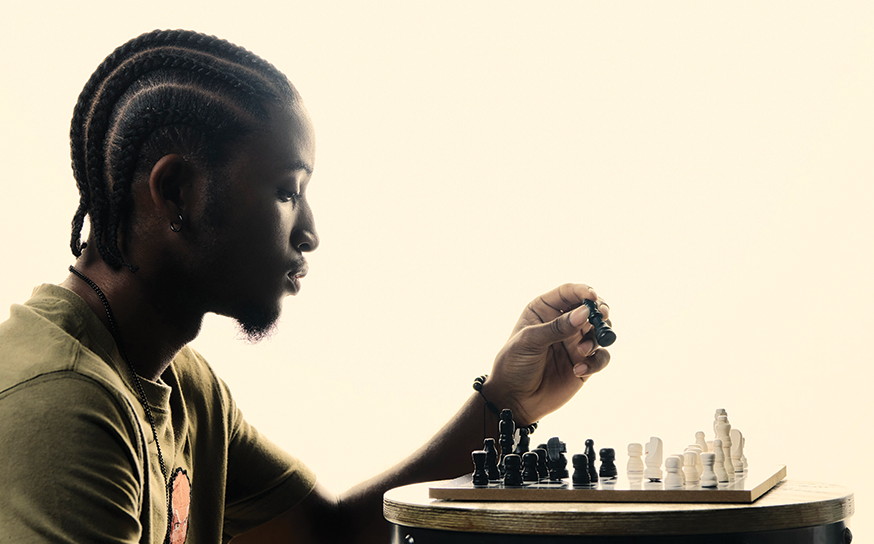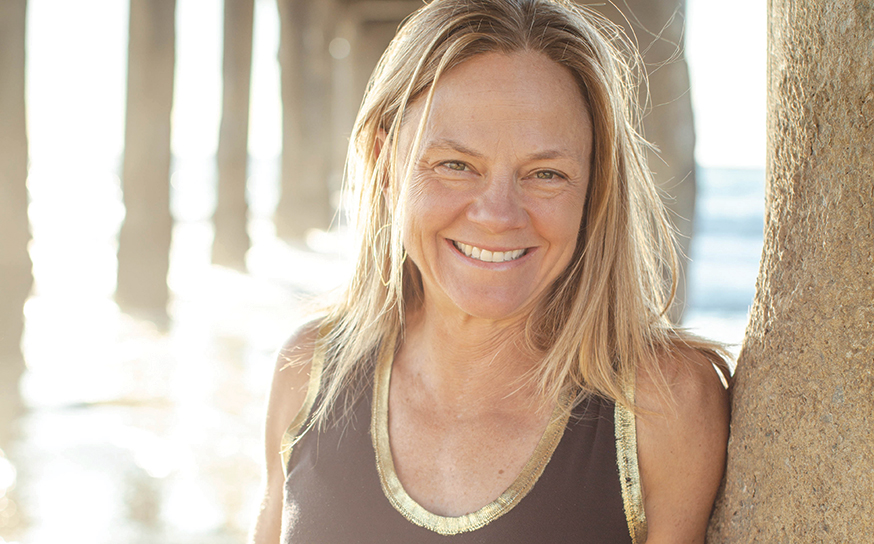Monica Orozco Discovers a Cultural Connection in the Hollywood Heritage of the Historic La Venta Inn
la doña.
- CategoryPeople
- Curated & written byGail Phinney
- Photographed byMonica Orozco
- AboveLa Fotógrafa
As the subject of her own photography, Los Angeles-based Monica Orozco makes self-portraits that explore the human experience by portraying a wide range of characters—including her alter ego, deMonica. The resulting work is both deeply personal and universally appealing.
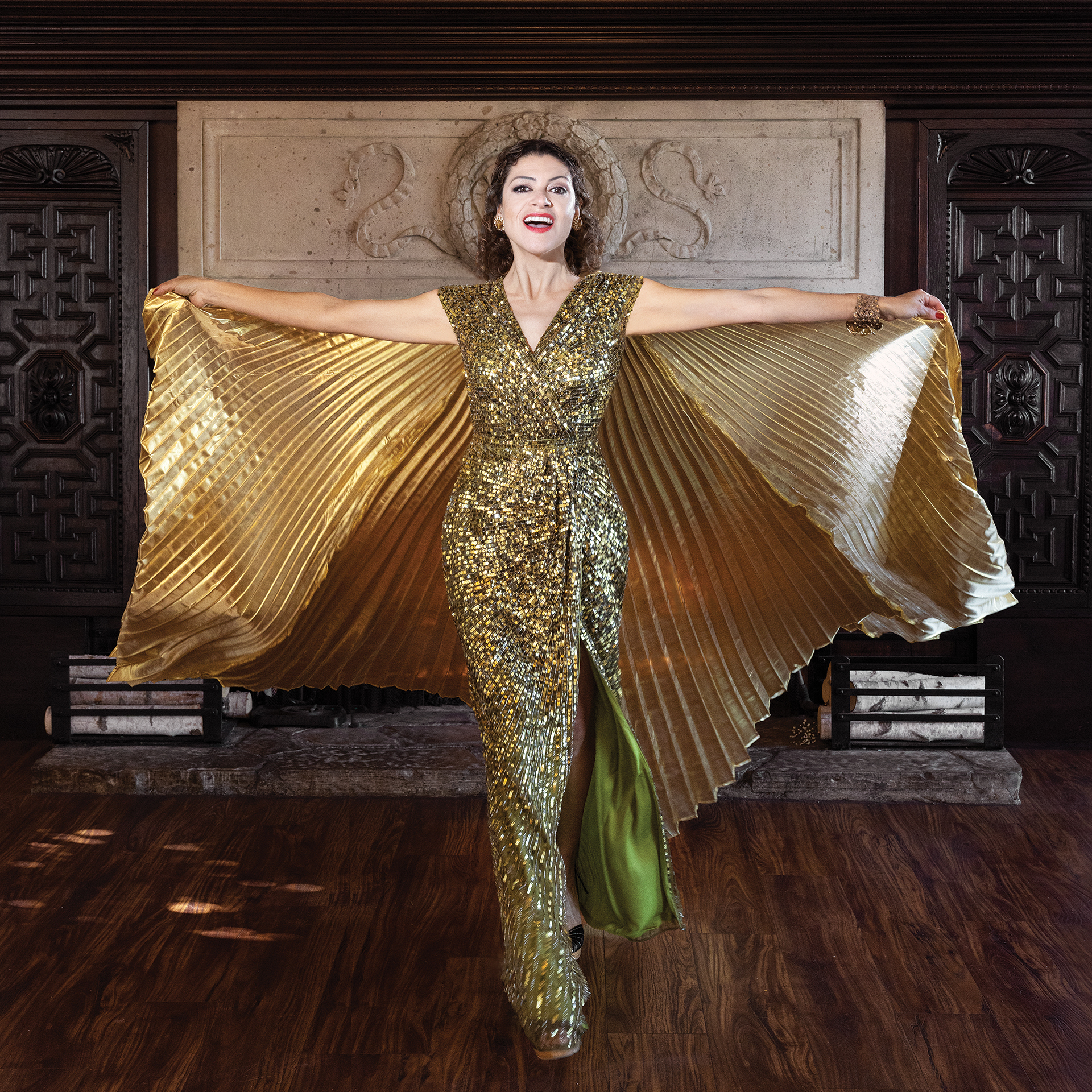
Baila Conmigo
Born and raised in the San Fernando Valley, Monica was greatly influenced by Mexican cinema. “Those images have been with me since I was a child because they were always on the television set,” she recalls. “When I was 10 years old my dad decided to move us back to his hometown in León, Guanajuato, Mexico, where we lived until I was 16. Black-and-white Mexican Golden Age movies were on repeat everywhere, and also in the Valley with the older generation in my family.”
Those childhood memories became the inspiration for her latest body of work, La Doña of the Mexican Silver Screen, created exclusively for this issue of Southbay and shot entirely on location at La Venta Inn on the Palos Verdes Peninsula. Constructed in 1923, the inn, a popular retreat for celebrities in the 1930s, was selected for its period Spanish architecture by the firm of Francis Pierpont Davis and Walter Swindell Davis, as well as the Olmsted Brothers’ design of the grounds. “I saw La Venta Inn and remembered all those early images of Dolores del Río in the movies,” Monica shares.
In this series, the artist addresses both her Mexican American heritage and her love of Hollywood glamour in homage to del Río. Renowned as one of the most beautiful women in the world, del Río was the first Mexican crossover actress to succeed in Hollywood in the 1920s and ’30s. Always an innovator, she selected the Peninsula’s Mediterranean coastline as a natural backdrop for her 1930 film The Bad One.
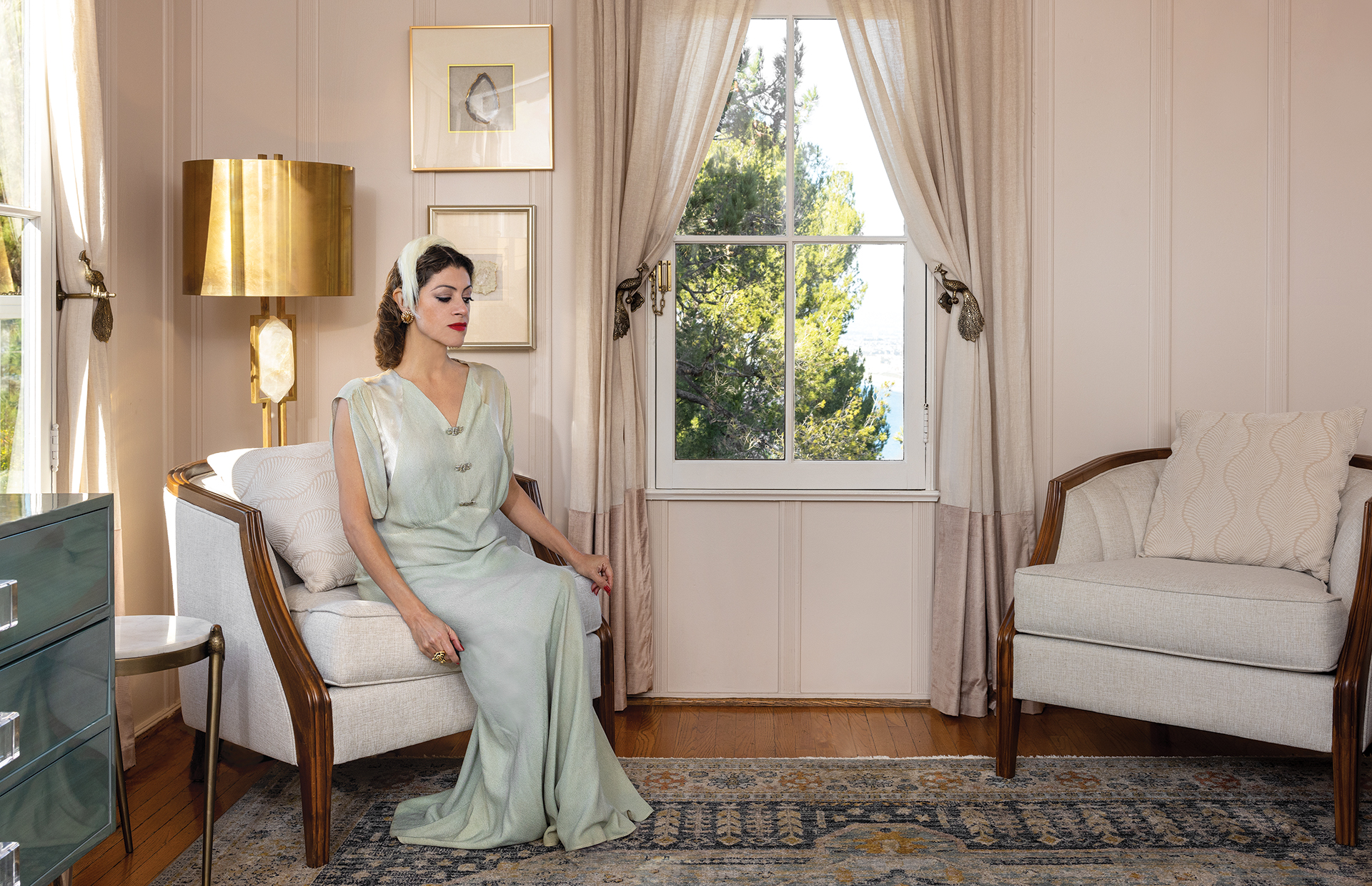
Waiting for My Close Up
In a bold move, she left Hollywood in the 1940s and returned to Mexico to hone her craft. She is considered one of the most important female figures in the Golden Age of Mexican cinema, and her illustrious career spanned more than five decades.
This is a new type of series for Monica, and it posed a unique set of challenges. “In Mexico there are women called doñas,” she explains. “There’s a beautiful Mexican elegance about them. That elegance is hard to fake. It’s something you just have. When I recreate other characters, they’re usually not elegant, so it was a very interesting challenge to work outside my wheelhouse.”
Rather than present a literal interpretation of the actress, Monica channels the inner quality of elegance and grace that made del Río not just a much-admired actress but also a great lady. These artfully styled and meticulously crafted vignettes are a window into the life and times of the actress as seen through the contemporary lens of this Latina artist. The photographer as performer brings her unique sensibilities to bear in her portrayal of her subject. Each image is an essential moment in the narrative.
La Fotógrafa depicts a cultured, fashionable woman of the world documenting her travels. Waiting for My Close Up reads like a studio shot of an ingénue on set. Baila Conmigo captures the joy of movement—a passion shared by both the photographer and her historical subject with the actress portrayed as a glamorous Hollywood hostess.
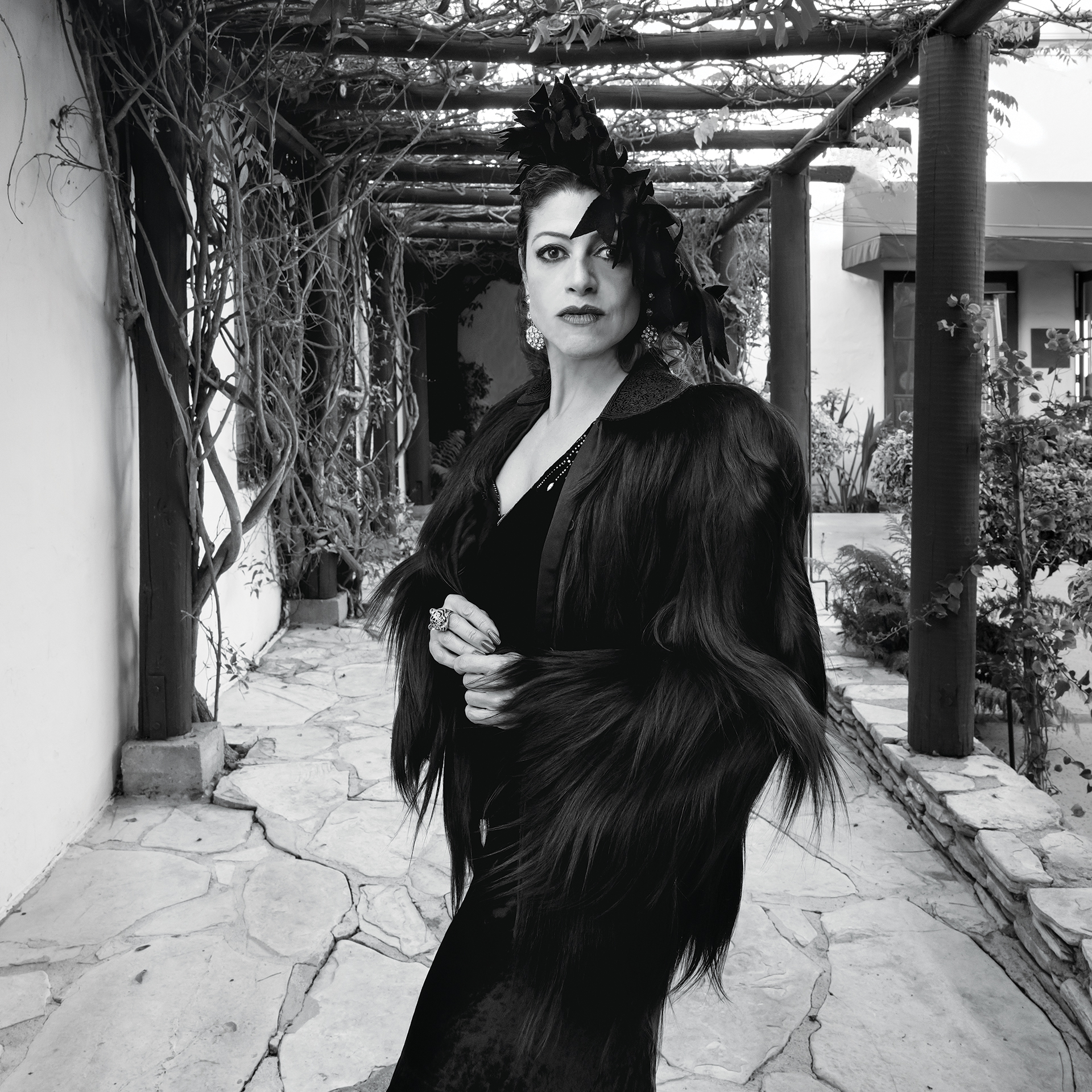
The Bad One
The figure in The Bad One possesses all the fierce determination of a woman who rejected her movie star image to become a serious actress on her own terms. The photographer found inspiration in her subject’s life choices. “It really shows that she respected herself more than fame or the movie-making machine.”
Over the years Monica’s self-portraits have mirrored the different stages in her life, and lately she’s been exploring what it’s like to be middle-aged. These portraits have a maturity about them that reflect not only this particular actress in her prime but also the photographer herself as a woman and an artist—showing the beauty of a woman at any age.
When asked about her secret to ageless beauty, del Río famously offered, “Take care of your inner beauty, your spiritual beauty, and that will reflect in your face.” That sentiment resonates with Monica, whose artistic practice has always focused on female empowerment. She believes that’s something to aspire to.
La Doña of the Mexican Silver Screen is the culmination of a lifetime of experiences for this mid-career artist. When asked why she chose del Río as her muse, she cites the impact of her legacy on the next generation of Latina artists. “Celebrating women has always been important to me,” Monica says, “but I wanted to look at women who come from Mexico, who I didn’t feel I’d paid tribute to yet. I’ve become a really big fan of Dolores del Río from doing this project, and I wanted to create awareness about her.” Monica Orozco and Gail Phinney are friends, artistic collaborators and frequent contributors to this publication. We are grateful to La Venta Inn and The Kali Man (vintage clothing) for their generous support of this project.
Southbay ‘s Annual Spring Style Guide Has the Latest Fashion Trends, Jewelry, Home Goods and Gifts!
Shop local and support our amazing businesses.






